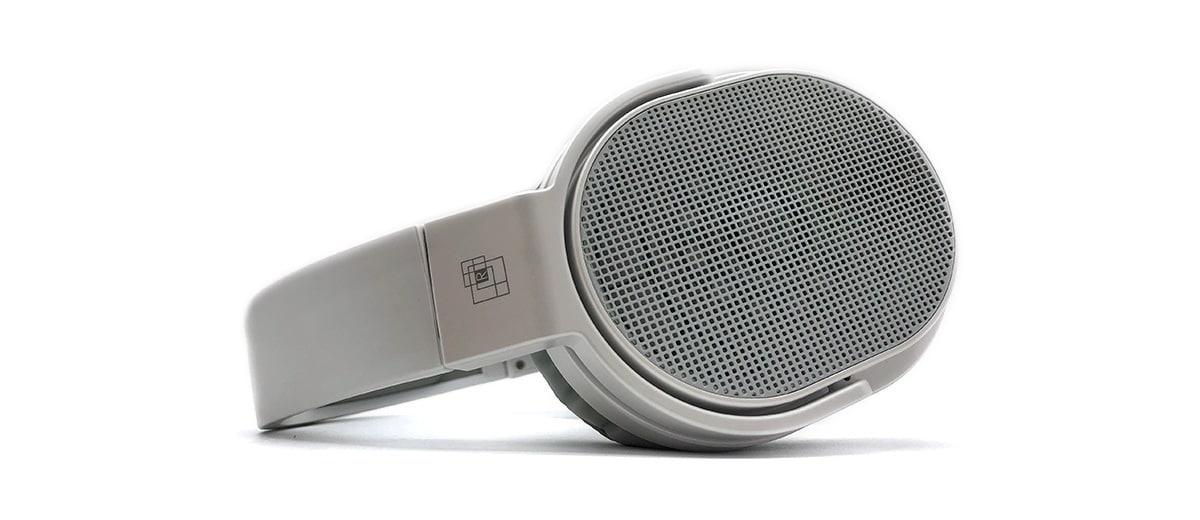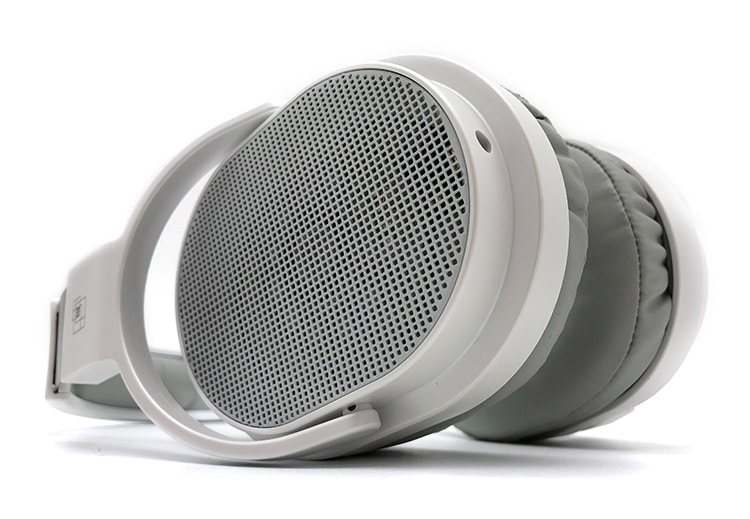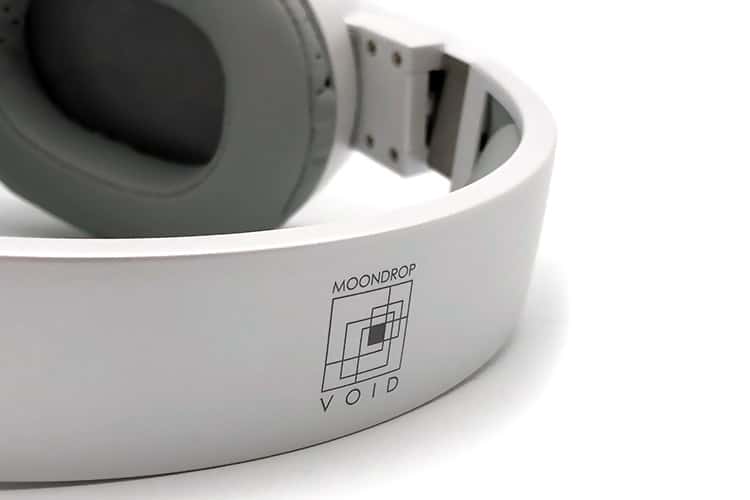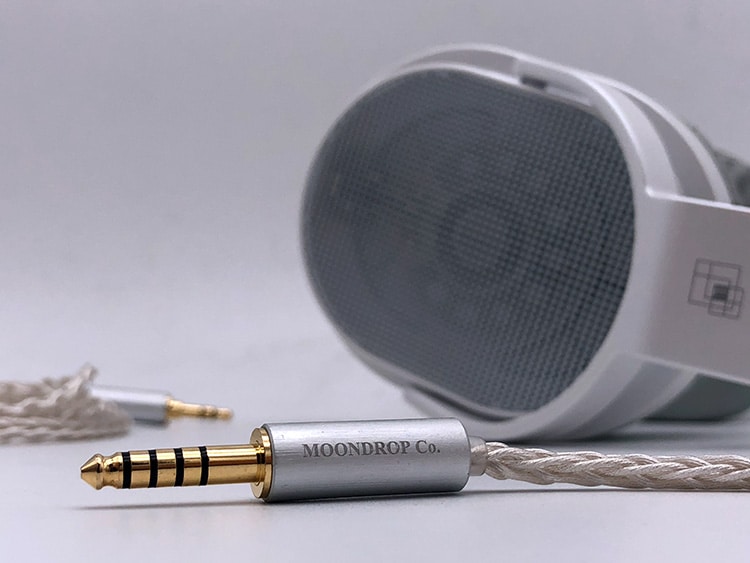In this feature, we review the Moondrop Void which is a newly developed HRTF-Tuned single 50mm dynamic driver open-back headphone. It is priced at $199.99
Disclaimer: This sample was sent to us in exchange for our honest opinion. Headfonics is an independent website with no affiliate links or status. We thank Moondrop and Shenzhen Audio for their support.
To read more about Moondrop products we have previously featured on Headfonics, click here.
Note, that this article follows our latest scoring guidelines which you can read here.
Moondrop has enjoyed enviable success in the IEM world that I would be more surprised if the name doesn’t ring a bell. Both their Aria and Variations took the community by storm and only a few of their recent releases were met with weak reception.
Last July, the company finally announced a trio of full-sized headphones targeting different price segments and users.
For now, what we have here is their easiest-to-swallow sub-$200 dynamic headphone called the Void. It will be joined by the Venus for planar magnetic enthusiasts and the Zero which is the most expensive of the group.
I’d like to put a note before we proceed with the review that the unit that we have tested is the latest and final version of the Void. So now that that’s sorted, let’s see if Moondrop took it out of the park with their first dynamic headphones.
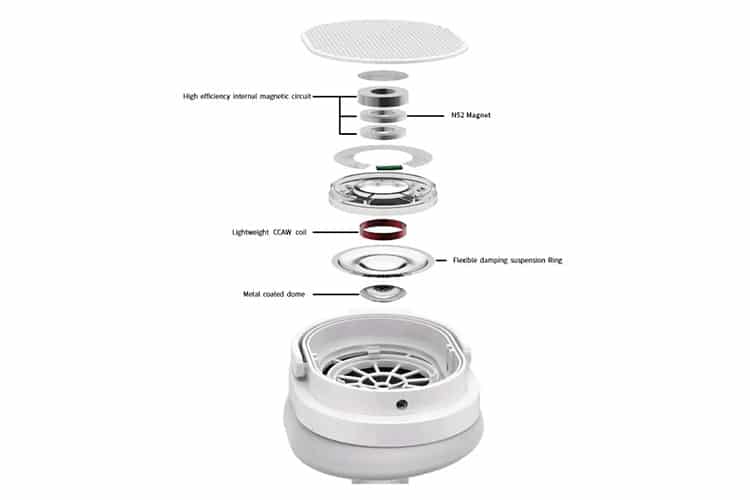
Tech Highlights
Moondrop went to lengths explaining on their website the developmental process that went into creating their first-ever full-sized dynamic headphones. The thought process and storytelling are quite interesting as it gives insight into the IEM maker’s journey with the Void.
With the help of Finite Element Analysis simulations, Moondrop optimized the internal magnetic circuit of their 50mm driver which measures one tesla in magnetic flux density. A composite diaphragm with a metal-coated dome is suspended in a flexible damping ring for sound improvements.
The Void has a frequency range of 10Hz to 80kHz, but in the manual, the effective range is only between 20Hz to 20kHz. Its drivers are tuned to follow the HRTF or Head Related Transfer Function target which associates how a sound is perceived by the ear.
Design
For a lack of a better term, the easiest way for me to describe the Void is that it is plain. In this price segment, there are a few other choices that I could think of that are more unique or are using less plastic-dependent housing.
What I like most about it though is the soft luminescence the Void gives off when light hits correctly. The simplicity perceived during the initial impressions is elevated making it more encouraging to use.
The extension mechanism clicks with precision but noticeably lacks any marking in the visible part of the spring steel to indicate the current setting.
The fork limits Swivel on the Void to a few degrees of firm sway. The cups do freely play until it hits the bottom limit or the silicone insert on top which prevents the cups to clash with the swivel.
The pads of the Void are removable and are quite easy to pull out with four snappish clips located inside each earcup. It is possible to put the pads backward so check for the thinner side for the front.
Comfort
As simple as the Void may look, it does win back some points in the comfort department. I wouldn’t say it’s groundbreaking or anything since I still have some minor comments about it but the overall fit and feel are quite agreeable.
I’ll start with the headband which lightly distributes the contact points without any obvious hotspots. It also spreads apart helping the spring steel with the clamp to secure the angled pads around my ear evenly.
The swivel may be a bit stiff when adjusting manually but when put on the head it quickly conforms to a comfortable position. Just don’t expect the pads to be plush even though it has enough thickness to only let some occasional grazing of the mesh with my ear.
Stock Cable
Looking very simple in its all-black appearance, there is very little to get excited about the default single-ended cable included. But I will say that as a sleeved twisted cable it is quite well-made and in my time of using it, it never felt cheap and also quickly disappears in the background.
There is a strain relief on the angled 3.5mm jack used for connecting to amplifiers and other sources. On the other end, the two headphone connectors are labeled and one has an additional band to expressly mark which is the right side.
Packaging & Accessories
Adding to the growing list of products that feature an illustrated character, what’s a first for me is Moondrop’s way of packaging the Void where the inside is immediately exposed once the external carton sleeve is removed.
However, if it was not for the thick boarding glued behind the front part of the sleeve, I would be worried the contents would be damaged in transit.
There is a smaller box on the top half marked as ‘attachments’ containing the accessories and paper works. With a 3.5mm single-ended cable as standard, Moondrop graciously provides a 6.35mm adaptor by default.
Covered by a white piece of plastic, the Void is doubly protected from scratch as it rests on a black silk-like material lining the bottom area. Taking the Void completely out, it felt fresh and ready to use.
Sound Impressions
Summary
The Void’s biggest asset is in how it was tuned by Moondrop to please a lot of users who love their bass. As I go about critiquing the Void, my usual sense of focus drifts to the plentiful lows and rumble that covers for any shyness in the upper frequencies.
The elevated level of bass continues to a slight bleed in the lower midrange. It is at least not tweaking the timbre too much even with the upper midrange to lower treble that is on the gentler side.
It’s still early to point fingers since creating full-sized cans poses its unique set of challenges but the biggest caveat of the Void is its technicalities. Know that I’m not being critical of Moondrop as I am only basing my expectations on other similarly priced headphones I’ve tried.
Timbre
Even with the elevated rumble, I don’t get a lot of room with the Void as the soft bass thump disperses with a ton of mass.
Kick drums occupy a bigger space than usual, giving off a warm and attention-grabbing impact. Strings may not have the crisp resolution to lift the subtler details of a reverb, but their full-bodied nature makes the plucking of a double bass nice and inviting.
The lower midrange has a bump in presence that weakens a bit the isolation of vocals with instruments. And with acoustic tracks, some air and roominess are felt but it doesn’t sound too open and is quite intimate as well.
Struggling a bit to let electric guitars bite, the Void resonates enough ultimately ending with a dampened quality. The attack may be weak and fainter parts are not seen but tonality wise synths and violins have a smooth sweetness that gel well.
Staging
Having an intimate staging capacity, instruments max out to be just around the driver area which only extends slightly on some occasions. Singers and far objects get cast easily but when bass-heavy parts come in, it does get in the head.
Separation of instruments is good, though the weight of each note affects how it sometimes meshes together. This is especially so when the size of the kick drums and sustained reverbs beats its neighbors in presence.
Dynamics could use a bit more work, especially in the treblier regions. And since the soundscape is not that tall, a bit more extra nuance wouldn’t hurt.
Upgrade Cable
Since the Void is balanced capable and Moondrop makes cables as well, they let me try out their LINE – ‘V’ 4.4mm balanced cable to use. Unfortunately, I’m not too sure about its price but it is made of a high-quality 6N silver plated OCC wire in an 8-core braided pattern.
In my testing, the upgrade cable is necessary for those who want a cleaner and tighter sound out of the Void. An immediate change is the livelier presence in the treble region.
The sweetness and girth with the default cable were reduced giving electric guitars their expected speed and clarity. Improving detail retrieval, cymbals crash with more depth and subtleties.
Not as smoothed out and soft, the low end of the Void became less dense. Helping with image separation, the added resolution lets blunted parts of the song when using the stock cable to peek through.
What’s more, the lower midrange is not as bloated anymore bringing more balance and openness to an acoustic melody. Guitars are steelier, however, only on the upper midrange to lower treble does it still sound a bit rounded.
Click on page 2 below for pairings and our select comparisons.

